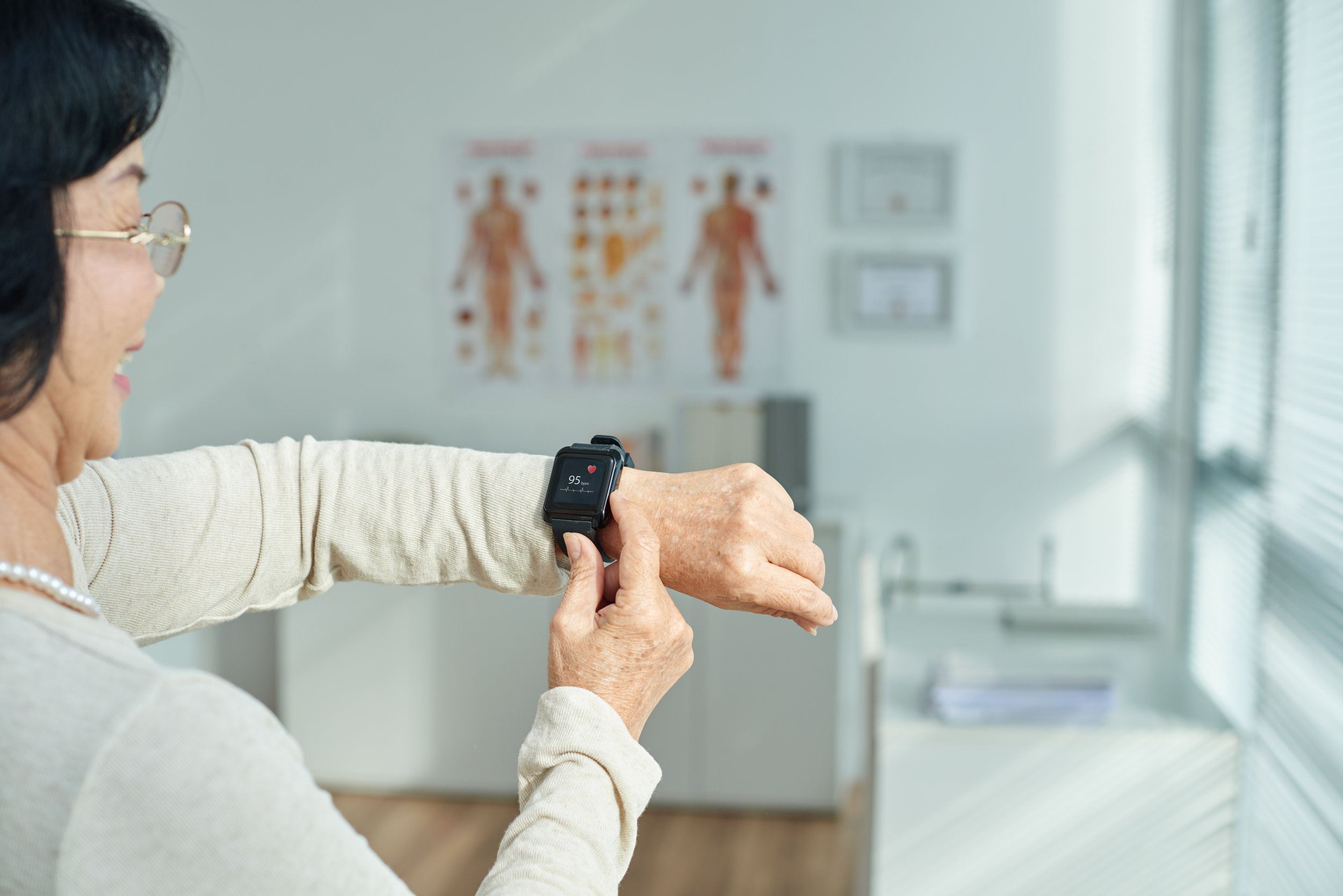‘Anytime, Anywhere’ Healthcare-Without-a-Bed is Best Delivered Securely
As we've recently written, the growth in in the U.S. has been a major shift in healthcare. A vision of the "bedless hospital" has taken shape as health systems are rethinking how and where care is delivered. But alongside the advantages of reduced costs and improved patient outcomes, is the need to ensure patient privacy and data security.
Confidence in Confidentiality
In the traditional face-to-face model, the paper trail was available to a limited number of eyes within a facility. But, when a caregiver in a freestanding ER refers a patient to a hospital or a specialist, patient and treatment information are conveyed via a smartphone or desktop application—and that requires a different security mindset. In the design of the next generation of healthcare facilities, designers and technology teams must work in tandem to enable a connected care ecosystem and collaborate with vendors to integrate security strategies as early as possible in the design process.
““In the design of the next generation of healthcare facilities, designers and technology teams must work in tandem to enable a connected care ecosystem and collaborate with vendors to integrate security strategies as early as possible in the design process.””
Telehealth is another game-changing and growing trend that has its own privacy and data security risks. In a recent Salesforce survey of insured adults in the United States, 62 percent would be open to virtual care treatments like video-conferencing in place of an in-office doctor's visit for non-urgent matters. Telemedicine reduces the cost of care, and is also more convenient and easier to schedule than face-to-face services. However, caregivers and patients alike want to feel confident that their private information will remain confidential.
The Salesforce survey also found that 62 percent of adults would choose a primary care physician who interprets data from their wearable health monitors as part of their care strategy over one who does not. Wearable devices can contribute to better patient outcomes, but the data flow from device to caregiver team must be HIPPA-compliant, too.
What's next?
Technology-driven care concepts like mobile health apps, eICUs, outpatient clinics and micro-hospitals are revolutionizing healthcare as we know it. However, these concepts are only as strong as their data security.
A healthcare organization's security strategy will look different in every setting, whether physical or virtual. Generally speaking, a strong security program includes continual assessment of security posture, comprehensive planning and auditing, and agility in remediating vulnerabilities.
As healthcare and technology continue to converge, the time may come when even the biggest skeptics find that a virtual consultation is just as beneficial as a live one—perhaps even more so. New security technologies are making it easier to protect against threats on all sides so caregivers can focus on the patient benefits of new care models. How well healthcare teams wield these new technologies will be the real game-changer.
November 29, 2017
Authored by Corey Gaarde, former Director of Healthcare Design & Transformation at Burwood Group.




